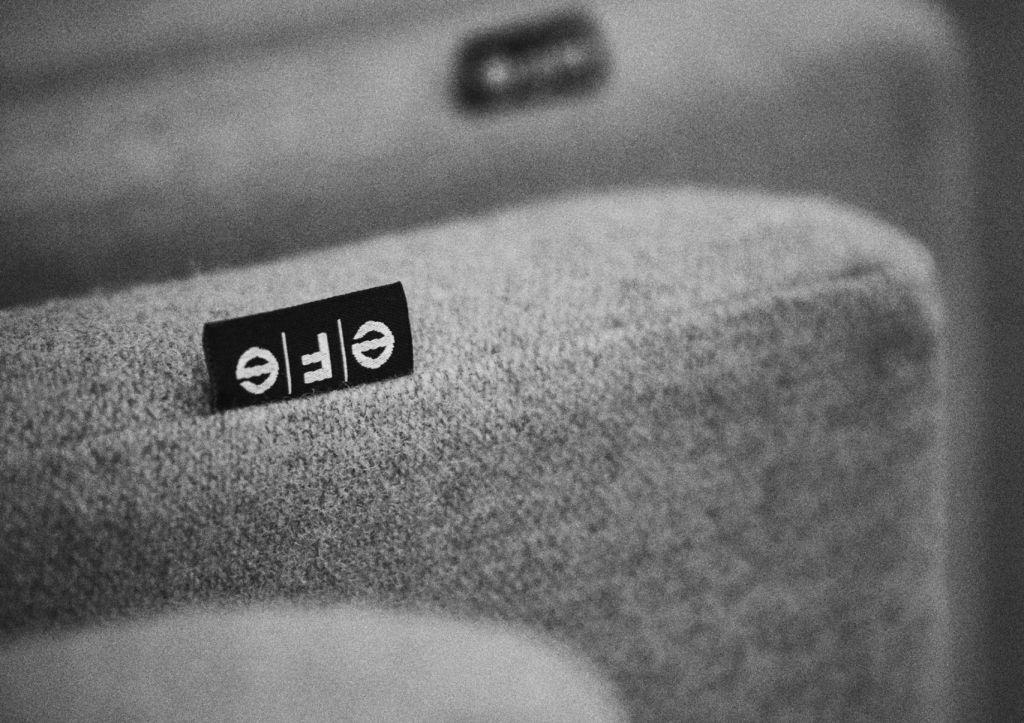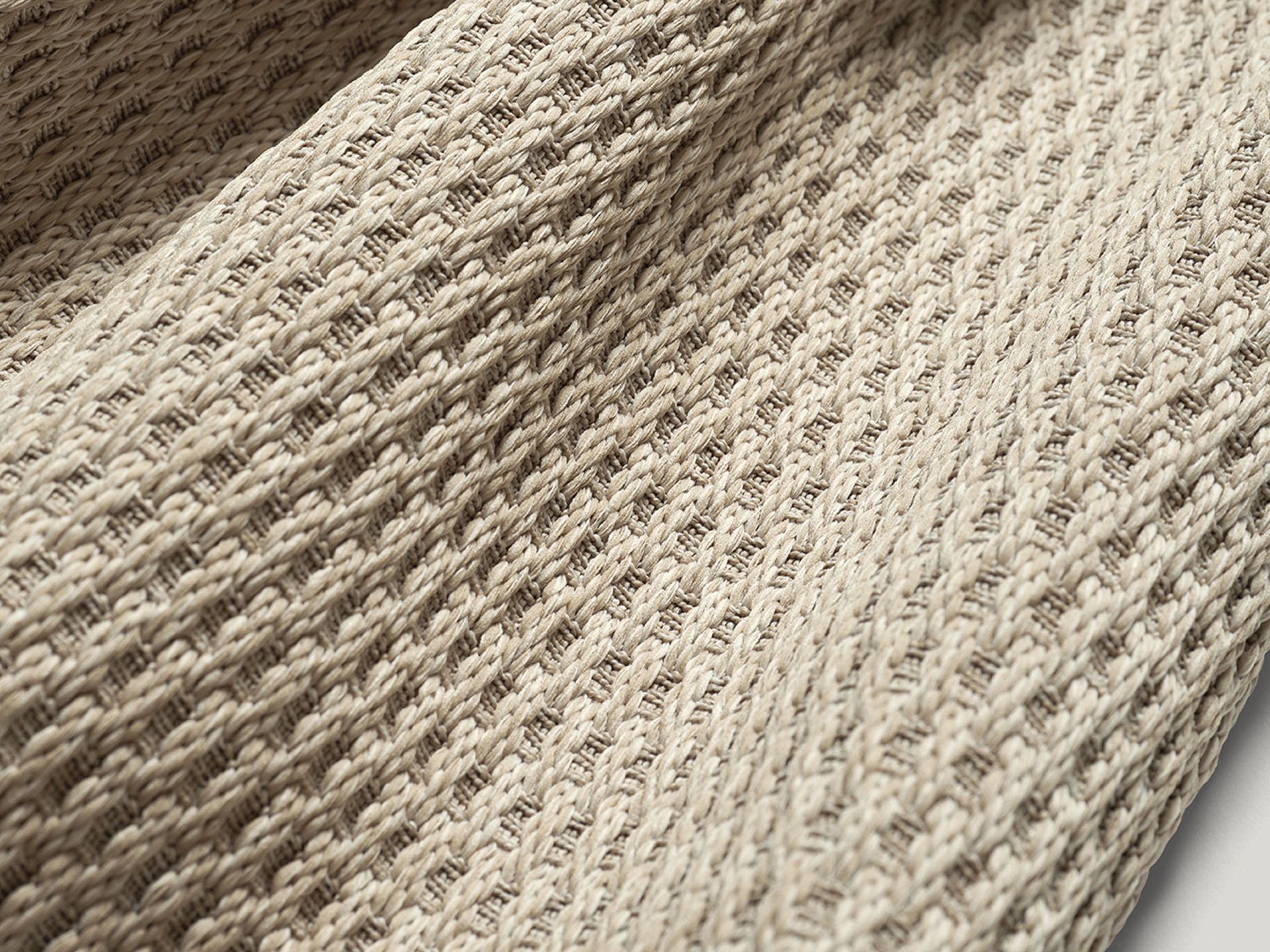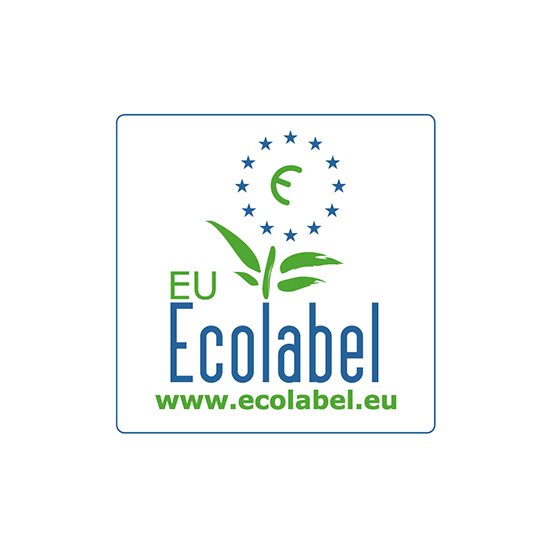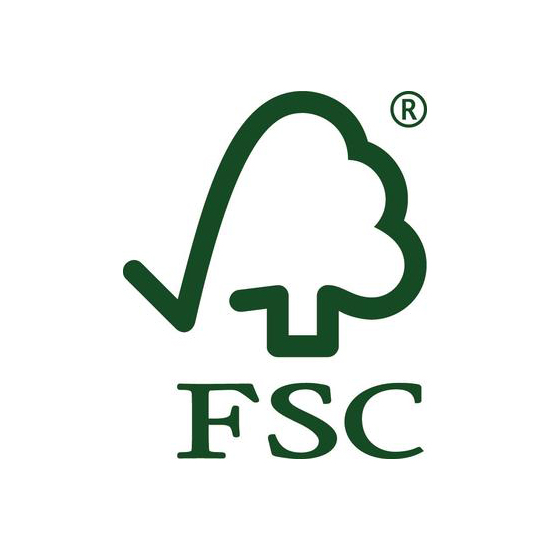
For us, it’s important that we consistently work to reduce our environmental impact by exploiting materials, energy and resources as efficiently as possible. Under our sustainable design philosophy, we manufacture products with circular layer-by-layer designs and long service lives which, thanks to their quality, function and style, do not need replacing as they can be updated over time.

Focus areas, sustainability goals and mission
Today, the furniture industry is facing multiple sustainability challenges. Deforestation, corporate social responsibility, the use of chemicals, peak raw materials, waste and the climate are some of the focus areas we have identified as most important. To achieve change, we have set ambitious goals for sustainable design, sustainable materials and responsible supply chains, with the aim of making all our products completely climate neutral by 2040 – ten years before the Paris Agreement. Our sustainability goals are also represented in our mission statement: We pledge to work for a sustainable future that includes People and the Planet, and where our Products are designed and made to stand the test of time.


Sustainable design philosophy from start to finish
For us, sustainable design means using materials, energy and resources in efficient, climate-smart ways. While this means using fewer components and consuming less materials without compromising on our high quality, the most important sustainability factor is for our products to have long service lives. We want to create furniture whose design, form and functionality allow it to be redesigned and renovated as necessary. Under our “Keep your darlings” design philosophy, we create products designed to last, products you’ll want to keep. Another part of our sustainability work includes helping our customers sell or donate used furniture to non-profit organisations so it can be reused or recycled.

Circular layer-by-layer design
The circular economy plays an important part in the sustainable climate transition, and we have adopted the circular model in the design of EFG products. Thanks to the layer-by-layer design of our products, each component can be removed, repaired or replaced. This means products can be upgraded with new fabric or parts over the long-term. Turning a stool into a chair or replacing a chair’s metal base with a wooden one can give furniture new life and remove the need to buy a brand-new piece.

Circular materials
No less than 85% of the climate emissions from furniture come from the materials, and recycling can help us reduce its climate impact by as much as 20–40% compared to buying new. EFG uses as much recycled material as possible and makes sure such material can be recycled again when part or all of the furniture has to be replaced.

When the product, against all odds, reaches its end, our policy is to use materials that are as pure as possible and not to mix natural and synthetic materials, or synthetic materials with other synthetic materials to facilitate recycling. Natural materials must be incinerable, recyclable or ideally biodegradable, and all synthetic materials must be recyclable. EFG helps drive the development of sustainable office furniture by designing flexible, circular products made from recycled or recyclable materials.

Eco-labelling and certifications
We use the following labels and certifications in the EFG product range and the materials in our furniture:

A Swedish complete, updated reference and labelling system based on the requirements of quality, the environment and social responsibility.

A joint European label that covers most product groups whose criteria resemble those of Swedish Möbelfakta.

A certification system controlled by an independent, international membership organisation that encourages the viable, environmentally and socially responsible use of the world’s forests. EFG’s licence number is FSC-C009111.

An eco-label with a focus on textiles. Textile articles that bear the STANDARD 100 label are guaranteed to have been tested for harmful substances.

EFG’s sustainability work in brief
– Circular products with long lives
– Sustainable choice of materials and surface treatments
– Lower energy consumption and CO2 footprint
– Eco-labelling and certifications
– Sustainable procurement and full supply chain insight
EFG’s sustainability work based on the UN’s global goals
Based on the UN’s 17 global sustainable development goals, EFG has identified the following as the most important in our operation:
Sustainability – Q&A
Sustainability focus areas and goals
Future sustainable development
Sustainable design
Recycling and upcycling
Certifications and compliance
Sustainable materials
Materials sourcing
Responsible supply chains
Packaging and haulage
Production and manufacturing
Want to know more about how we work with sustainability?
 How do we identify the best eco-friendly furniture?
Because the furniture industry impacts the environment in several different ways such as through the use of materials and..
How do we identify the best eco-friendly furniture?
Because the furniture industry impacts the environment in several different ways such as through the use of materials and..
 Measuring environmental impact with EPDs
What is an EPD and how can it be used to compare furniture and make eco-friendlier..
Measuring environmental impact with EPDs
What is an EPD and how can it be used to compare furniture and make eco-friendlier..
 How do we fight deforestation?
Wood is extremely common in furniture, and this means the furniture industry can affect deforestation to..
How do we fight deforestation?
Wood is extremely common in furniture, and this means the furniture industry can affect deforestation to..
 Which eco-labels are relevant?
It’s easy to get lost in the jungle of certifications that respond to environmental requirements. Which eco-labels are..
Which eco-labels are relevant?
It’s easy to get lost in the jungle of certifications that respond to environmental requirements. Which eco-labels are..

